In the wild heart of Australia, a legend was reborn. For more than a century, the Night Parrot was a ghost—feared lost, mourned in whispers, and wrapped in the dust of old field journals. But against all odds, a handful of daring explorers and scientists refused to let the story end there. Their pursuit took them into the cruelest corners of the outback, chasing a bird so secretive it seemed to vanish into myth. How could a creature so small evade the world for so long? What secrets does it hold about survival, adaptation, and hope? The Night Parrot’s journey, from the edge of extinction to its miraculous rediscovery, is a tale as wild and unpredictable as the desert itself.
Australia’s Vanishing Phantom

For decades, the Night Parrot held a near-mythical status. Many Australians doubted it still existed at all. The last confirmed sighting before its rediscovery was in 1912, and for years, the only evidence of its presence was a crumbling specimen in a museum. The bird’s absence from scientific records became a symbol of loss and uncertainty. People would swap stories of mysterious green feathers found in the sand or strange calls heard at dusk, but none could prove the bird was real. Its legend grew, becoming a haunting reminder of how easily nature’s wonders can slip away unnoticed.
The Mysterious Habits of the Night Parrot
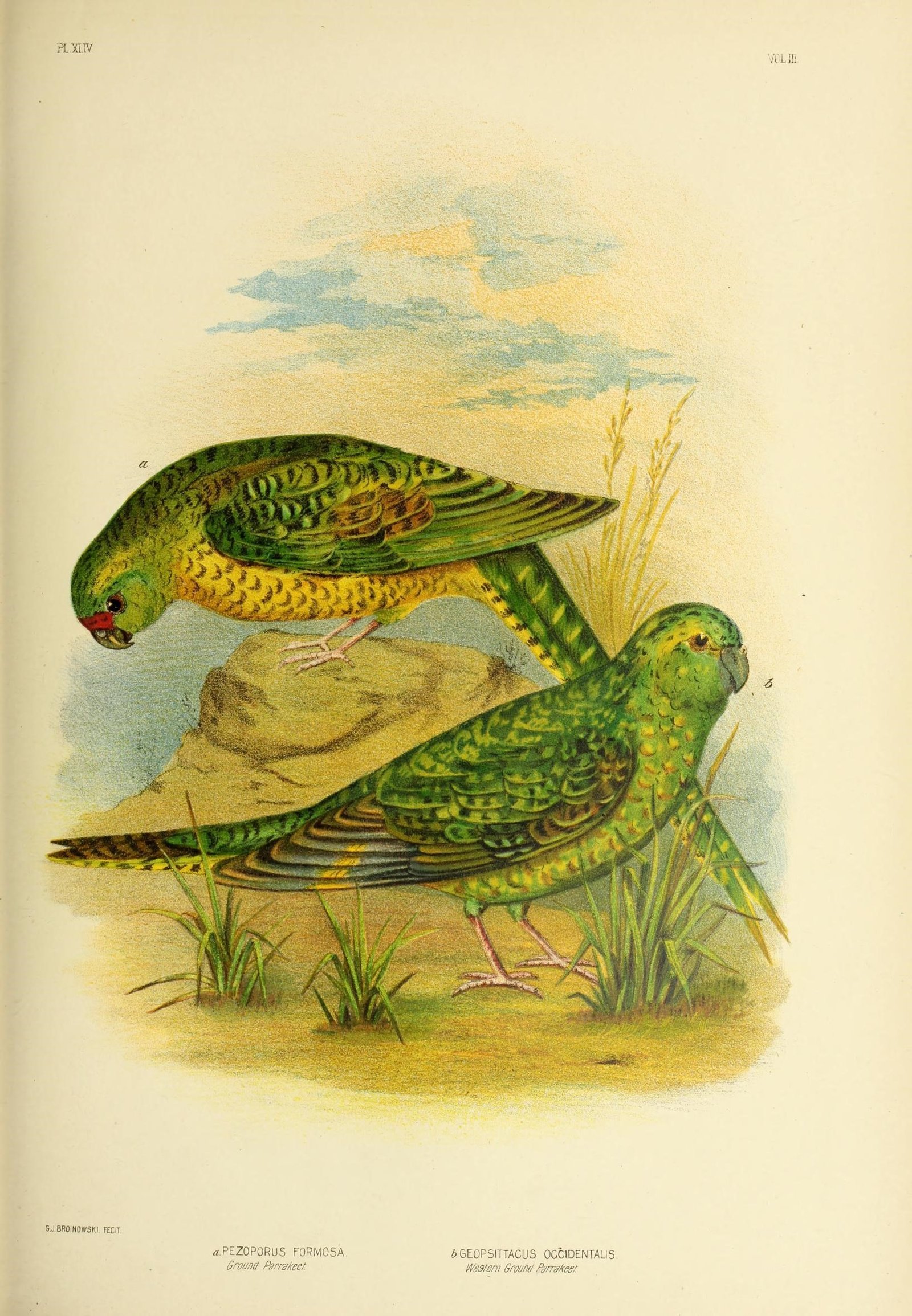
The Night Parrot is not just rare—it’s deeply elusive. Unlike other parrots, it shuns daylight, choosing to emerge only after darkness falls. It prefers dense, spiky clumps of spinifex grass, which provide perfect camouflage from predators and prying eyes alike. Even seasoned birdwatchers found themselves outwitted by the parrot’s ghostlike behavior. These birds are masters of hiding, making only the faintest calls and darting low to the ground when startled. The more scientists learned about their habits, the clearer it became why they were so hard to find.
The Harsh Desert Landscape
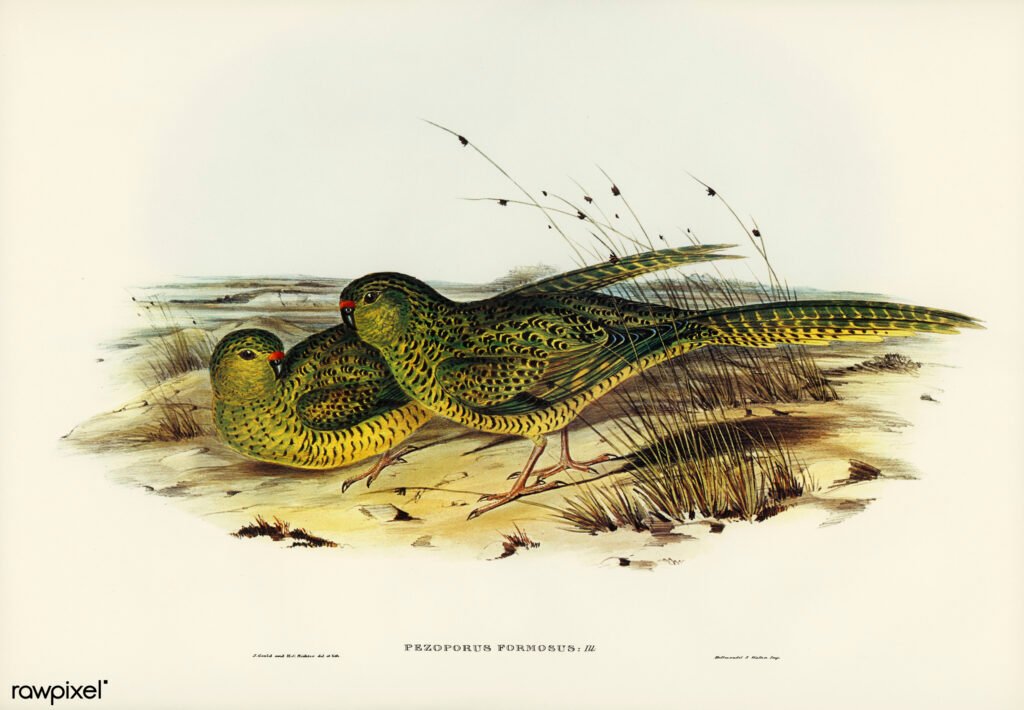
The Australian interior is no easy place to survive. Blistering heat, freezing nights, and a relentless lack of water make life here a daily struggle. The Night Parrot’s chosen home—stretches of arid desert filled with prickly spinifex—would seem inhospitable to most creatures. Yet somehow, this fragile-looking bird manages to find enough seeds and shelter to survive. The landscape itself offers both danger and protection, hiding the parrots from predators but also isolating them from the world.
A Bird Declared Extinct—Too Soon?

By the late 20th century, many experts had written off the Night Parrot as extinct. Its disappearance was blamed on habitat destruction, introduced predators like cats and foxes, and the unforgiving climate. Conservationists mourned its loss but gradually turned their attention elsewhere. Yet a handful of diehards clung to hope, arguing that Australia’s vast, unexplored deserts might still harbor secrets. Their determination would soon prove prophetic.
Rumors and Clues: The Long Wait
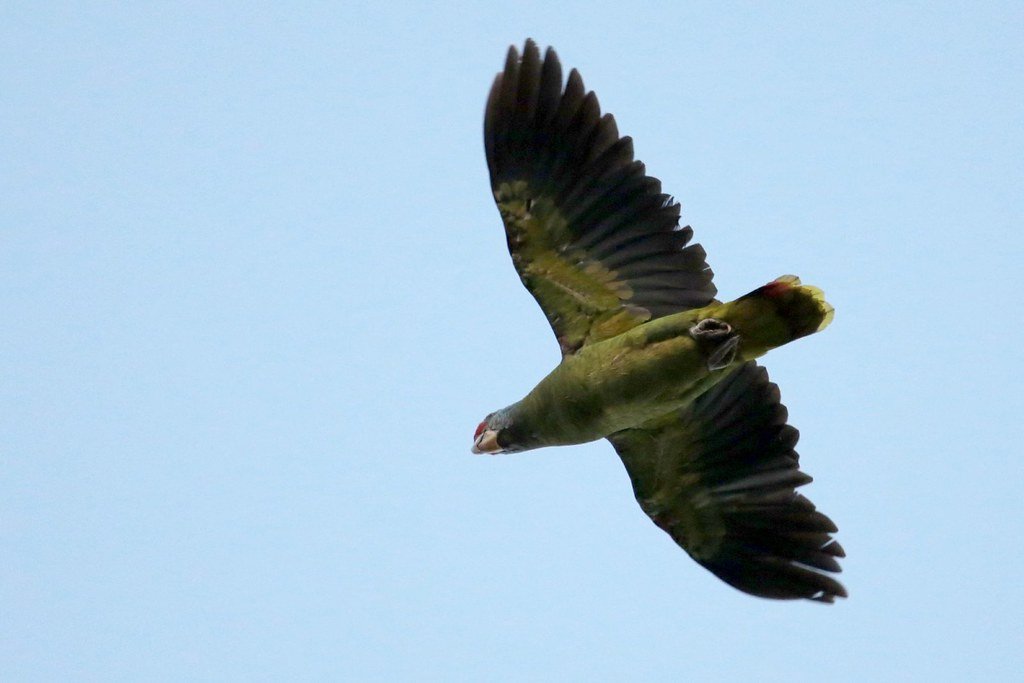
Over the years, tantalizing hints kept the legend alive. Shepherds whispered about seeing green birds flitting through the dusk. Scientists occasionally stumbled on mysterious feathers or old nests. In the 1990s, a truck driver found a dead Night Parrot on a remote road—proof that the species had survived, at least until recently. But despite these clues, no one could find a living bird. The mystery deepened, turning the search for the Night Parrot into one of Australia’s most enduring wildlife quests.
The Unlikely Heroes of Rediscovery

The Night Parrot’s rediscovery would take a blend of obsession, patience, and sheer luck. Dedicated birdwatchers and biologists—some would call them eccentric—spent years scouring the outback, often at great personal risk. These adventurers braved snakes, dehydration, and endless disappointment. They set up camera traps, listened for faint calls, and sifted through endless grass. Their devotion became legendary, and some even risked their own safety for a chance at a fleeting glimpse of the bird.
The Breakthrough: 2013’s Astonishing Find
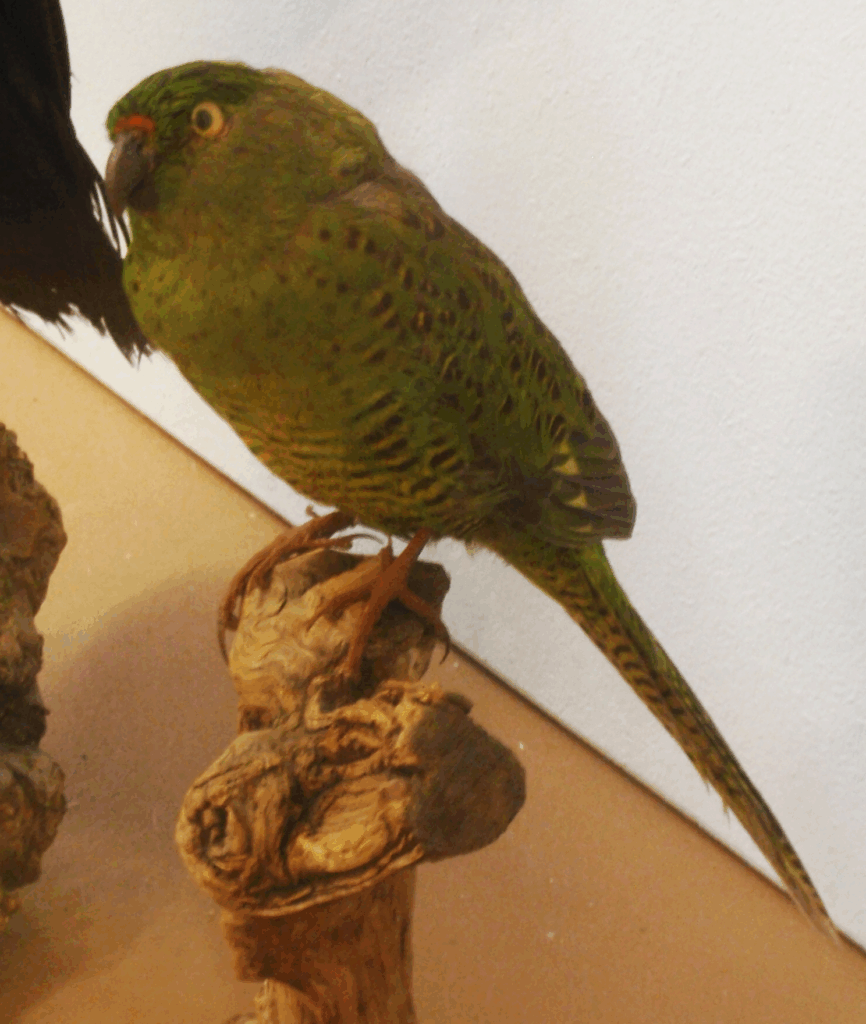
Everything changed in 2013. In a remote part of Queensland, naturalist John Young photographed a living Night Parrot—proof that the bird had survived. His discovery sent shockwaves through the scientific community and captured headlines across Australia. The photos showed a plump, olive-green bird with a shy expression, crouched among the spinifex. For the first time in over a century, the Night Parrot was undeniably real. The rediscovery inspired a wave of excitement and a fresh push for conservation.
Science Steps In: Verifying the Rediscovery
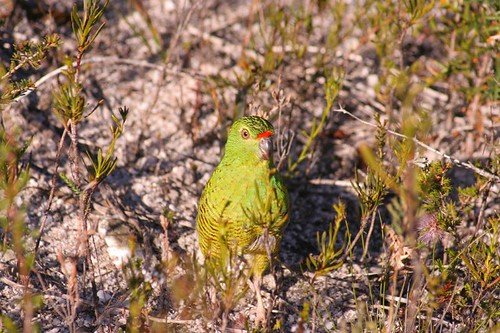
Skepticism was inevitable. Some scientists doubted the photos, suspecting a trick or a misidentification. But further evidence soon silenced the critics. Researchers found feathers, nests, and eventually managed to record the bird’s unique calls. DNA analysis confirmed the identity beyond doubt. The rediscovery became a textbook example of how persistence, careful documentation, and new technology can overturn assumptions in science.
The Night Parrot’s Strange Appearance
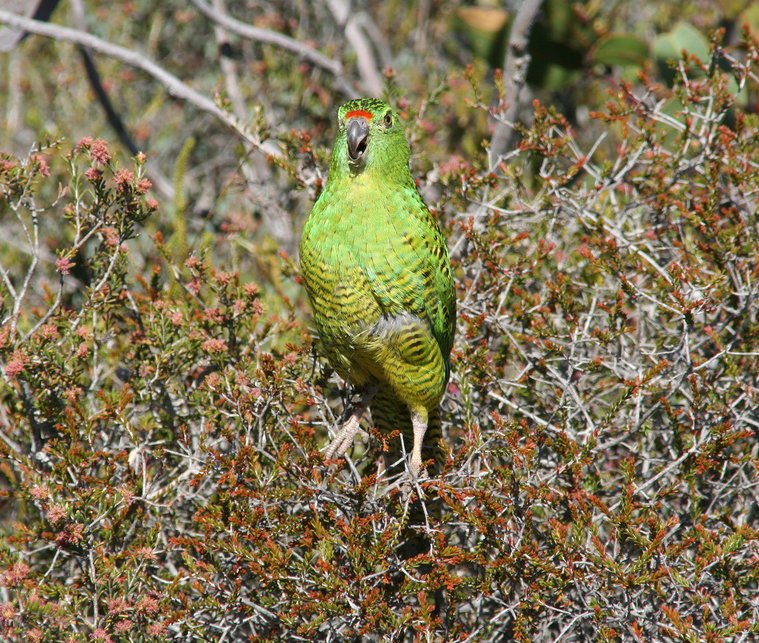
The Night Parrot stands out from its more colorful relatives. Its feathers are a subdued olive and yellow, offering perfect camouflage among the desert grasses. Its eyes are large and dark, adapted for night vision. The bird’s chunky body and short tail give it an almost comical appearance, making it look like a plump, sleepy ball of feathers. This unusual look is not just for show—it is a masterstroke of adaptation to the desert’s harsh conditions.
Secrets of Survival: Adaptations to the Desert
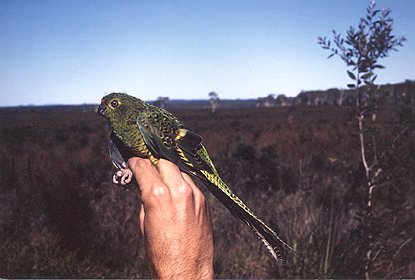
Surviving in the Australian desert requires some extraordinary tricks. Night Parrots are mostly nocturnal, avoiding the blistering daytime heat. They feed on seeds from native grasses, which are abundant but tough to reach. Their strong bills can crack even the hardest seeds, and their cryptic coloring keeps them hidden from predators. These adaptations show just how inventive evolution can be when faced with extreme challenges.
The Sound of Silence: Night Parrot Calls
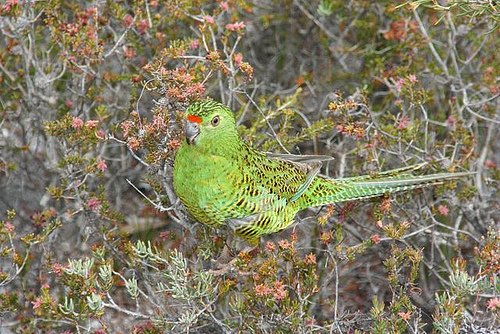
For years, the Night Parrot’s call was one of the great mysteries of Australian ornithology. When researchers finally recorded it, they were surprised by its soft, almost mournful whistles and clicks. The calls are barely audible even at close range, making them easy to miss amid the desert winds. These quiet signals help the birds communicate without attracting unwanted attention. Now, scientists use these calls to locate new populations—one of the few ways to track the bird without disturbing it.
Conservation in the Spotlight
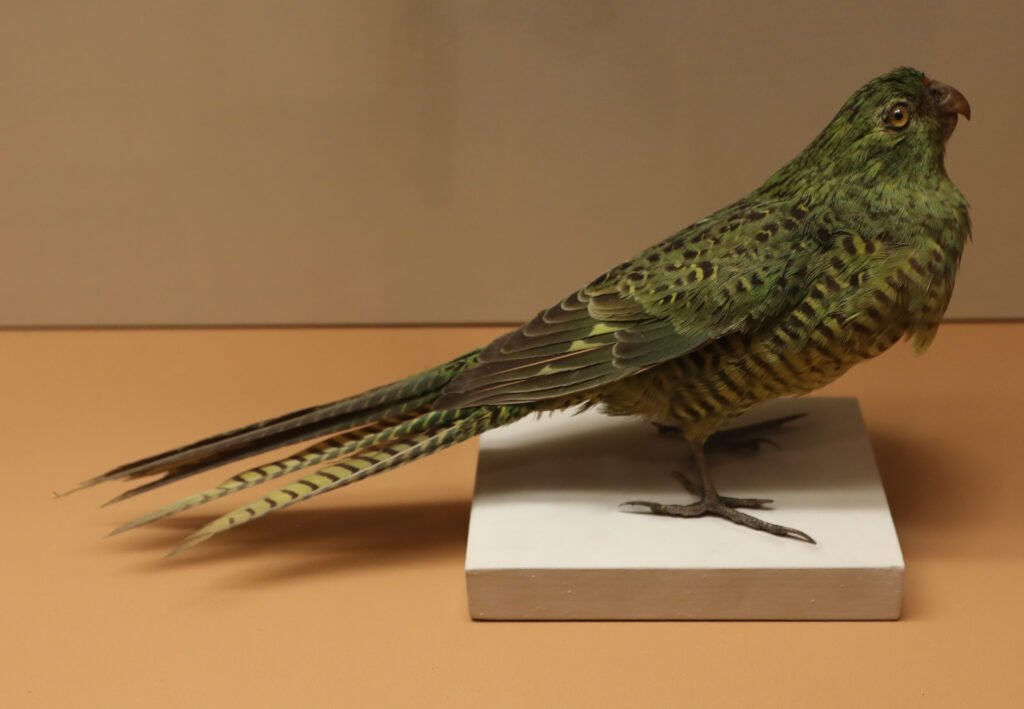
The rediscovery of the Night Parrot sparked a conservation frenzy. Suddenly, this once-forgotten bird was the focus of intense research and urgent protection efforts. Landowners, government agencies, and NGOs scrambled to secure key habitats and reduce threats from invasive species. The Night Parrot became a symbol of hope for Australian wildlife, showing that even the most elusive creatures can get a second chance.
Threats Looming on the Horizon
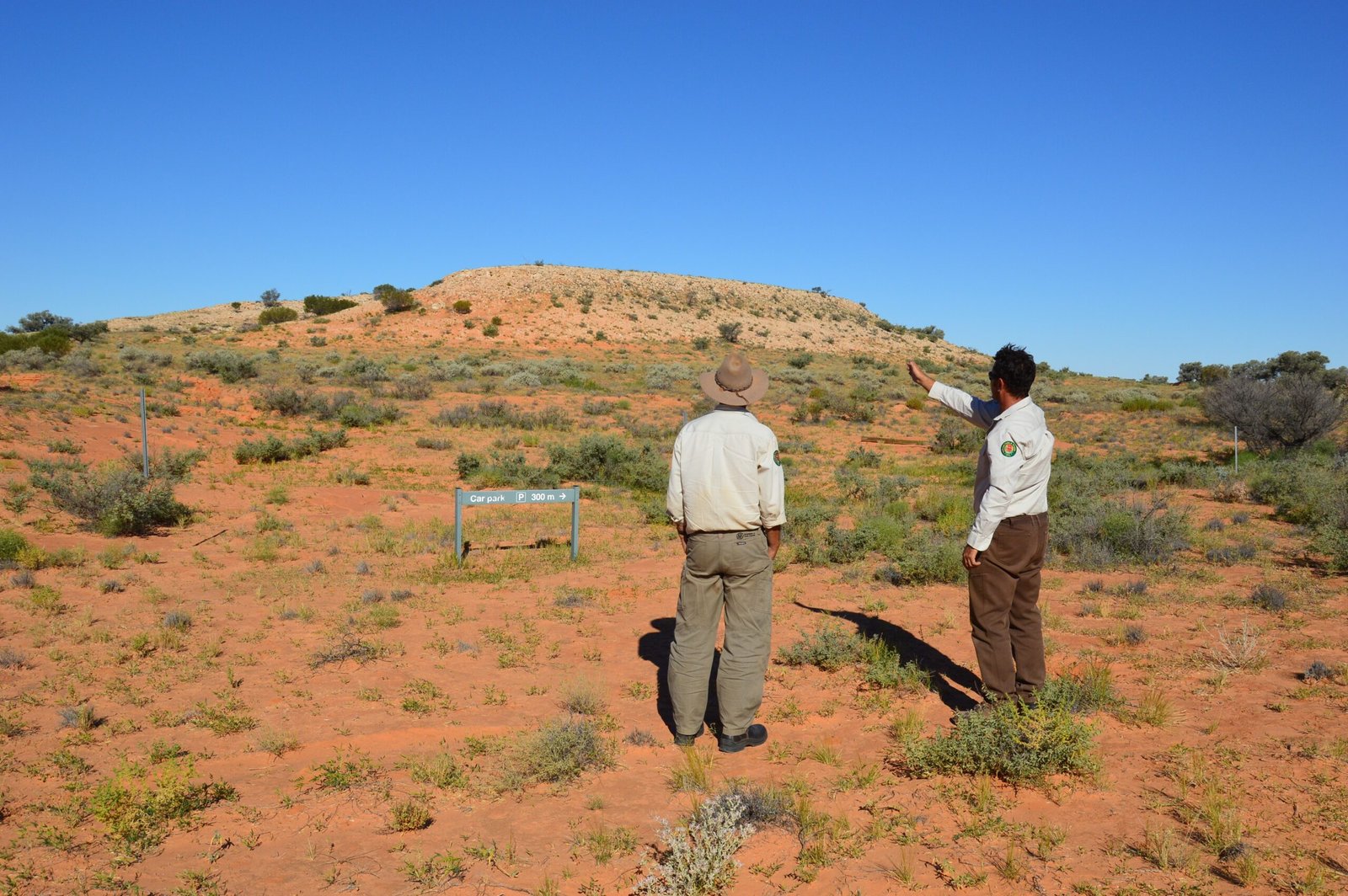
Despite the excitement, danger still lurks. Habitat loss from mining, grazing, and fires continues to threaten the Night Parrot’s fragile home. Feral cats and foxes remain deadly predators, and climate change brings new uncertainties. Conservationists work tirelessly to manage these risks, but the bird’s future is far from secure. Each sighting is a reminder of how delicate the balance of survival can be.
Unsolved Mysteries: What We Still Don’t Know
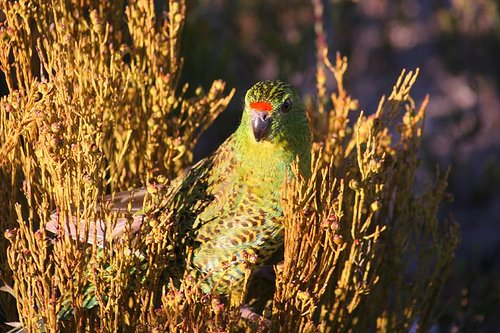
For all the progress, vast questions remain. Scientists still don’t know how many Night Parrots exist, or how far they travel. Their breeding habits and social structures are poorly understood, and every new discovery raises fresh puzzles. The bird’s secretive nature means that some mysteries may never be solved. This air of uncertainty only adds to the allure—reminding us that nature always holds surprises in reserve.
Night Parrot Guardians: Community and Indigenous Involvement

Protecting the Night Parrot isn’t just a job for scientists. Local communities and Indigenous rangers play a vital role in safeguarding the bird’s habitat. Their deep knowledge of the land, passed down through generations, has helped guide researchers to promising sites. These partnerships blend modern science with ancient wisdom, creating a powerful alliance for conservation.
Technology Joins the Hunt

Modern technology has revolutionized the search for the Night Parrot. Researchers now use automated recorders to capture bird calls, drones to survey inaccessible areas, and GPS tracking to monitor movements. These tools allow scientists to study the birds without disturbing them—essential for an animal so sensitive to disturbance. The fusion of technology and old-fashioned fieldwork has been key to recent breakthroughs.
Night Parrot Mania: Media and Public Fascination

The rediscovery of the Night Parrot captured the public’s imagination. News stories, documentaries, and even children’s books have celebrated its unlikely survival. The bird has become a symbol of resilience and a rallying point for conservation. People who once doubted its existence now cheer every new sighting, and the Night Parrot’s story is inspiring a new generation of nature lovers.
Lessons for Global Conservation
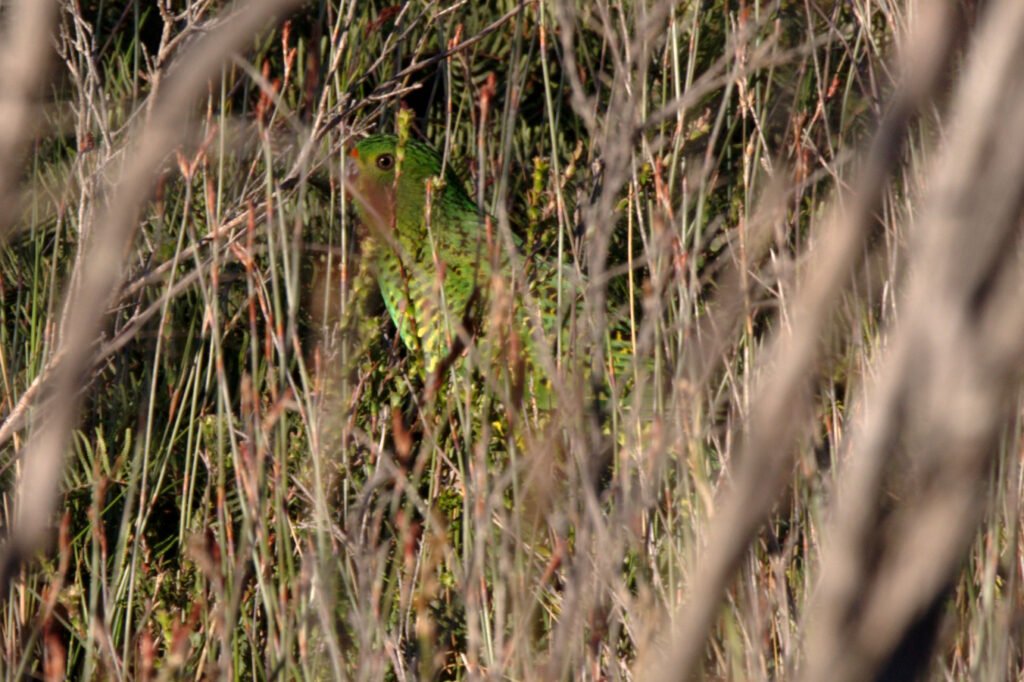
The Night Parrot’s journey holds lessons for wildlife conservation everywhere. It shows that even the rarest species can survive if given a chance, and that hope should never be abandoned too soon. The story highlights the importance of perseverance, collaboration, and humility in the face of nature’s complexity. It is a reminder that extinction is not always the final word.
From Shadows to Spotlight: A Symbol of Hope

What was once a symbol of loss is now a beacon of hope. The Night Parrot’s incredible comeback has inspired people far beyond Australia’s borders. Its story encourages us to look harder, care more deeply, and never take the wonders of the natural world for granted. As the sun sets over the desert, the soft call of the Night Parrot is a reminder that even in the darkest places, life can find a way.



